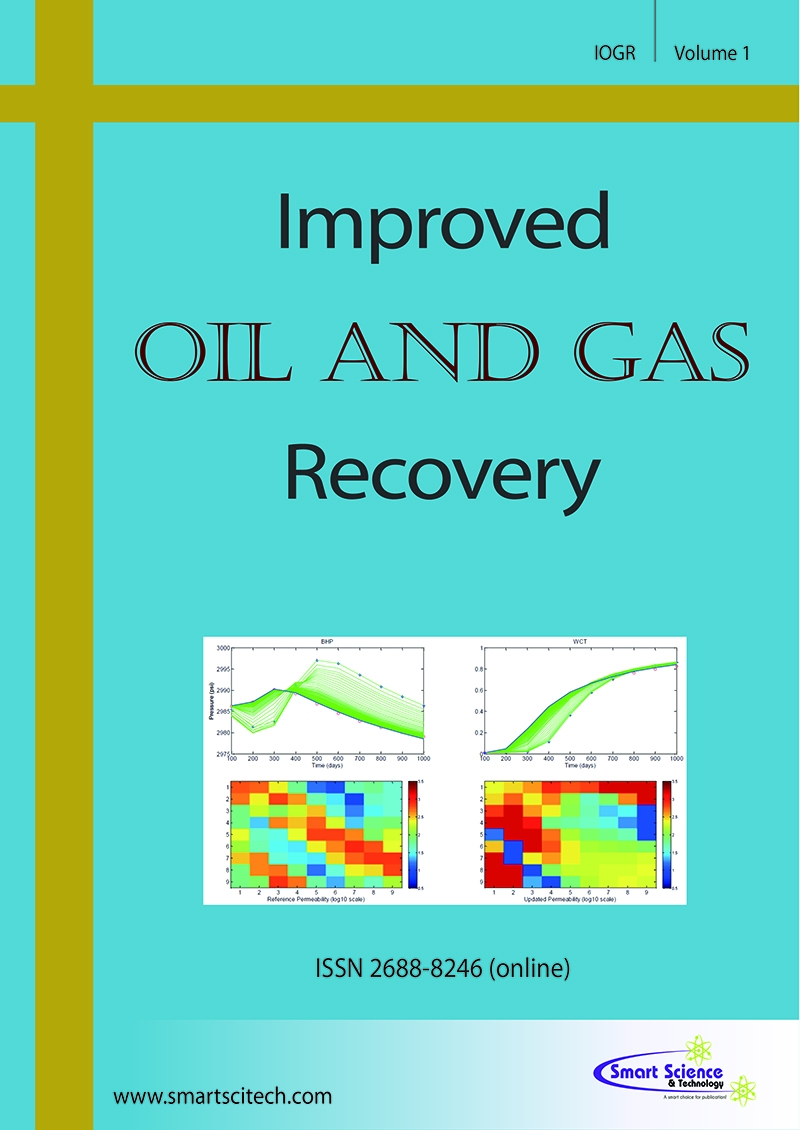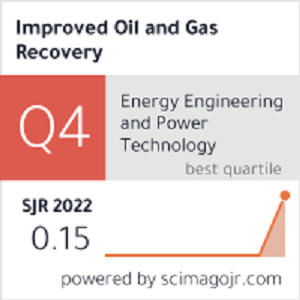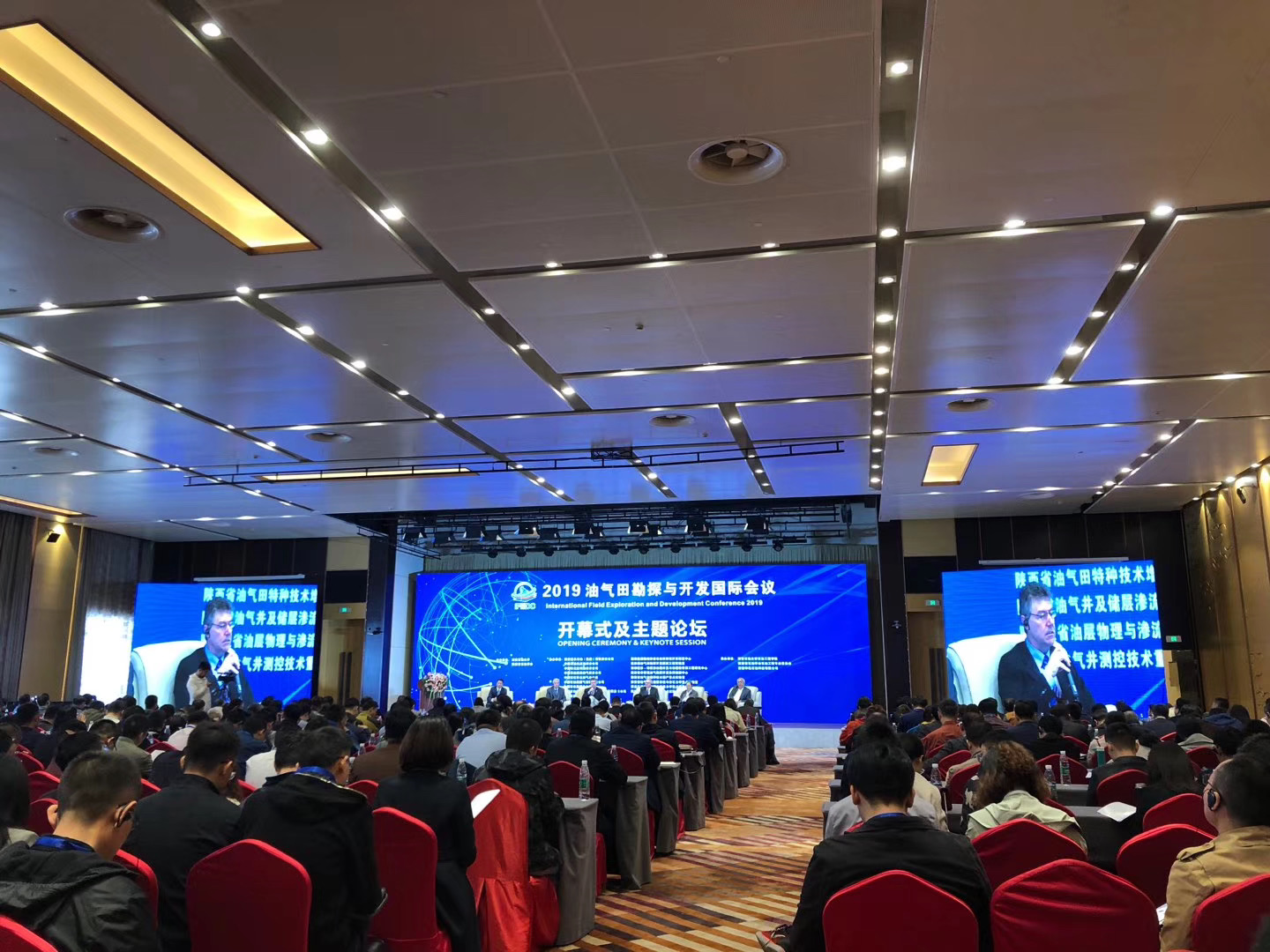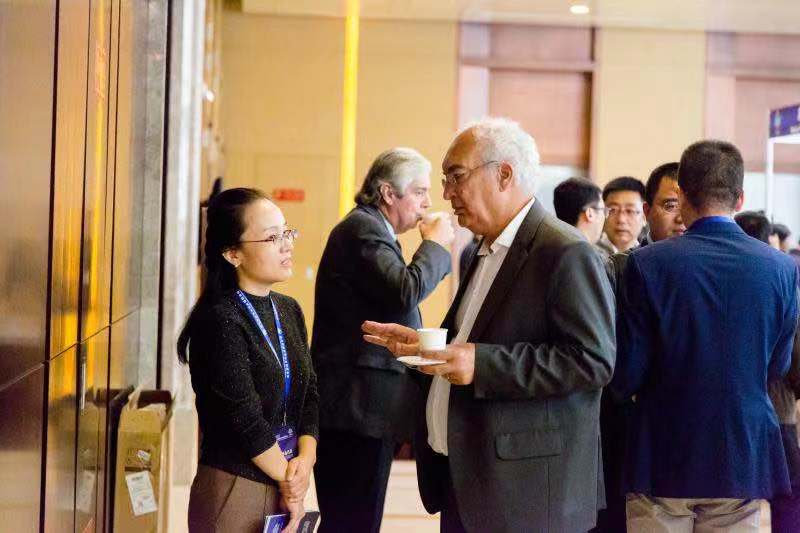Hydrogen Storage Optimization in the T Gas Field Numerical Simulation Insights from the Ordos Basin
DOI: 10.14800/IOGR.1370
Abstract
Amidst the global acceleration of the energy transition and the widespread adoption of renewable energy, hydrogen has emerged as a cornerstone of future energy systems, owing to its zero-carbon emissions and high energy density. Nevertheless, the pursuit of efficient large-scale hydrogen storage persists as a formidable challenge. This research employs numerical simulations to comprehensively analyze underground hydrogen storage (UHS) in the depleted T gas field within the Ordos Basin, China. A detailed geological model and a PVT (Pressure-Volume-Temperature) fluid model encompassing hydrogen, methane, and other gases were meticulously developed. The study systematically investigated multiple factors, including hydrogen injection timing, injection rate, injection-production cycles, buffer gas type, and molecular diffusion, to assess their effects on hydrogen storage and recovery. The findings confirm that depleted gas reservoirs are highly suitable for ultra-high- pressure hydrogen storage, with a remarkable hydrogen recovery rate reaching 92.15%. It was emphasized that residual gas saturation (linked to injection timing) and buffer gas type significantly influence hydrogen purity and the ultimate recovery rate. Nitrogen, when used as a buffer gas, can enhance hydrogen recovery. Additionally, molecular diffusion was found to cause a 3.3% reduction in hydrogen recovery at lower injection rates. The research also revealed that although higher injection rates may lead to a decrease in hydrogen recovery, the number of injection-production cycles has a negligible impact on recovery performance. This in-depth exploration of ultra-high-pressure hydrogen storage in depleted gas fields identifies key variables and offers valuable insights for optimizing the deployment and operational efficiency of this technology.
Downloads
Published
How to Cite
Issue
Section
License
Copyright (c) 2025 Xueling Ma, Lu Zou, Zhanrong Yang, Tong Hou, Weirong Li, Keze Lin, Hongliang Yi, Zhilong Liu

This work is licensed under a Creative Commons Attribution 4.0 International License.












